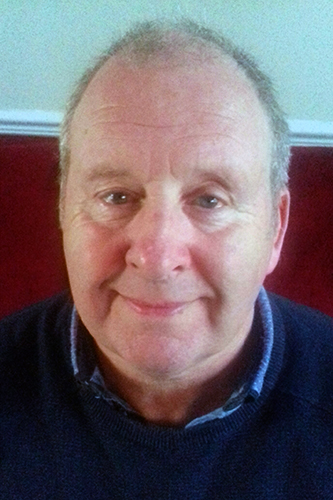A day in the life of an External Verifier
IBMS Fellow Eugene Rees explains his typical day at work as an External Verifier
Name
Eugene Rees
Job title
External Verifier
Career to date
I worked for 44 years in Microbiology in first, Morriston and then Singleton Hospital in Swansea. The last two decades I was part of Public Health Wales. I was an operation manager for Public Health Wales in Swansea with a specialism in training and I.T. For the last 10 years plus I have performed portfolio assessments for the IBMS and also for Cardiff Metropolitan University.
My day
The day has come, it began a few weeks ago when I responded to the IBMS request for an external verifier. I replied, was allocated and after a few emails agreed a date and a time. I set off for a not too long journey (up to 2 hours) and arrived at the laboratory at the appropriate time. I like to plan a morning verification, it gives more flexibility and anyway no one wants the candidate or the training officer to wait as it can be a stressful time for all.
After suitable introductions, I am led to a room to conduct the verification, normally a quiet area with no interruptions. I then set out my stall for the verifications process: All parties are quite nervous, the trainee has worked hard for at least a year and is awaiting the verification result. The training officer has organised and led the candidates’ training and is hoping that all the time and effort has paid off. I myself have been in their position many times, and still get nervous every time I have a student assessed. The external verifier is there to perform a professional job for the IBMS and is hoping that the process is without any major issues.
I set out my timetable; First the questions and answers, approximately 10 minutes. I will then verify their portfolio, I tell them I will take about an hour and if they come back at that time I should be ready for the laboratory tour. I think it important that everyone, in a busy laboratory has an idea of how long the process will take and they are not nervously wondering why they haven’t been called for the tour. I treat the tour a bit like an interview, I let the candidate talk, let me know of their training process and only interject to ascertain the various parts of the competencies that are required for the final outcome. I find most candidates have rehearsed the tour over and over and once started would not notice if you left them to it!
I then invite the candidate and training officer back to the verification room to discuss the outcome.
The first thing I do is deliver the outcome, don’t let people wait by babbling on. Deliver the outcome and then discuss the portfolio and assessment. Remember, if the candidate is successful, he or she is not overly concerned what they could have done better to improve, but the training officer will. I think it important that, while you mention the ‘negative’ things i.e. the things that could be improved you take time to highlight the ‘positive’ things, the things you like and will probably take back to your own laboratory and treat them as your ideas!!!
Then remind the training candidate of the process- I will electronically send my report to the IBMS, the training officer will send the feedback form to the IBMS and then the IBMS will send out the certificate of competence to the candidate. With this certificate, the candidate can apply for state registration.
All in all, it is an enjoyable occupation, the standard of students being verified is high and getting higher. Most laboratories have learnt how to get candidates to pass the verification process, now all we need to do is come to grips with the new version portfolio!!